Library In Practice
Design a spatial + interactive intervention proposing a holistic experience for multiple people to focus, explore, and encounter within the Hunt Library at CMU as an open place of information. The main question to respond to is, "Why come to a physical Library?" The design should combine the best of the digital and physical worlds to provide a reason for the CMU community to want to come here to our Libraries.
Duration: 4 weeks
Skills: Rhino
Process - Click here
Vision
The intention behind this idea was to create a space where a student can do tasks ranging from gaining theoretical knowledge to taking notes and then actually applying their gained knowledge by making something physically (hands-on practice).
Through my design of the space, I am trying to move away from the conventional monolithic book shelving library towards a more unorthodox organic flow challenging the norms of a traditional library by defining my design as my own attempt to create a spatial + interactive intervention proposing a holistic experience for a multitude of people to focus, explore, and encounter.
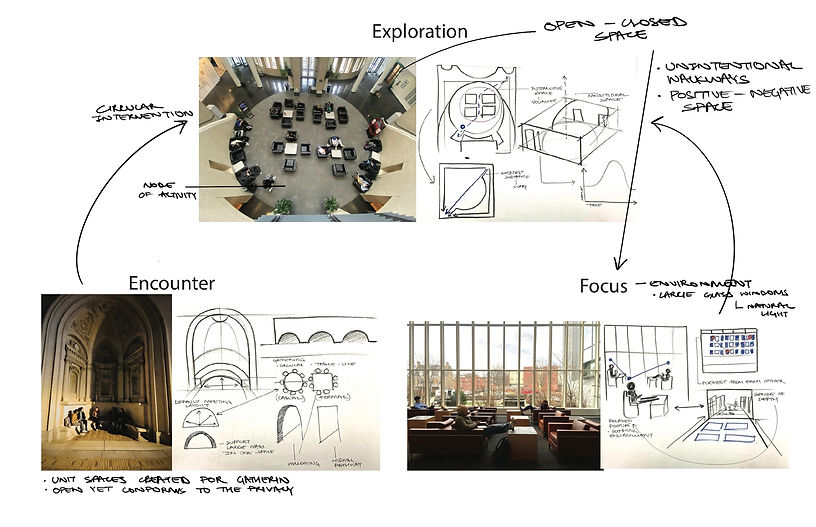
Ideation
Through these exploratory conceptual sketches, I aimed to experiment with the absolute extremes of the forms, where it is extremely serpent-like and crammed and where it has a very loose flow. After my discussions with the professor, I realized that the space has a lot of potentials to be crammed and be claustrophobic or even maze-like. The only way this space can be developed with a similar ruleset is to create gaps and openings between the curvature and have more transition spaces. The space could be really interesting if, through the medium of these openings and transitional spaces, I divide the areas in focus, open spaces, and bookshelves.

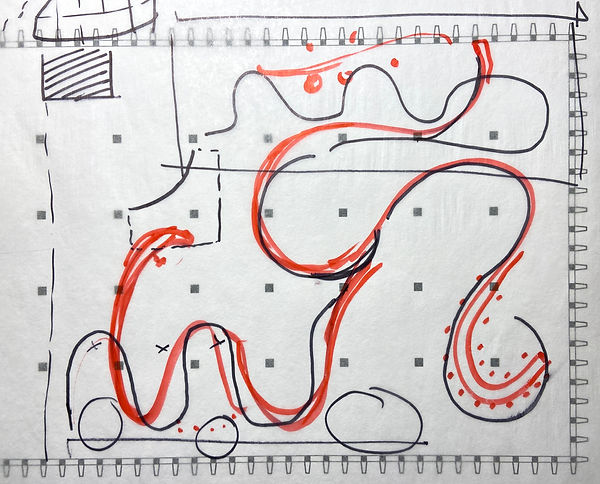
Spatial Design
When you enter the library, you are greeted by a lofty corridor that almost engulfs you in the space. This kind of creates a mini plaza-like situation that seamlessly divides up into 3 different spaces of the library sections of 3 different disciplines. All 3 sections of the library have a similar design and application language as you are guided first to the books, then to the note-taking sections, and then to the tables where you can finally sit and work.
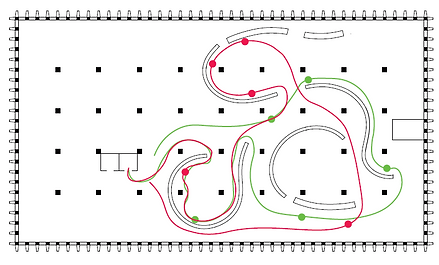
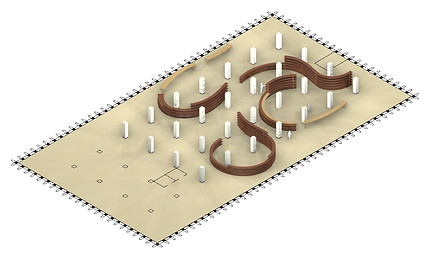
3D Renders


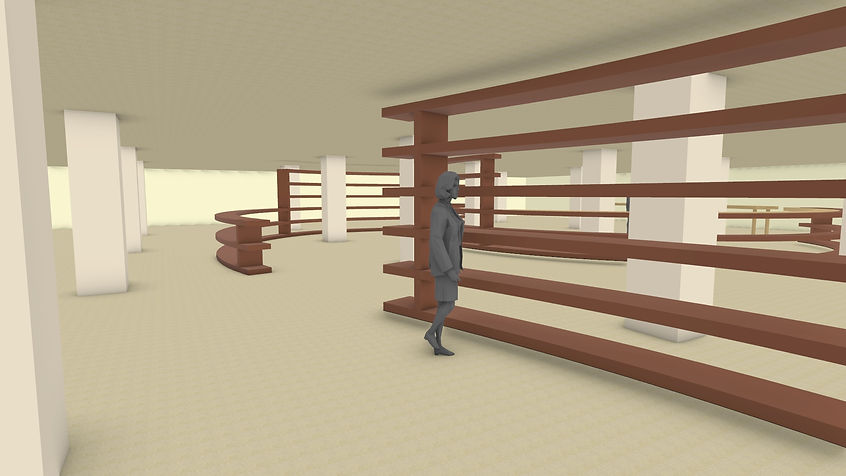
Scaled-Model
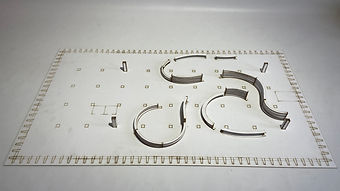
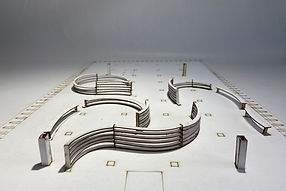

Technological Intervention
The way I have included tech in my design is aimed to make it more interactive and move further away from the idea of a traditional library as I mentioned, whenever you take a book and keep it on the smart tables, the rectangular form of the table senses which book you’re reading and would give similar reading options to the users of the space. It also enables you to take notes on the table which will help you retain more of the knowledge you read about. There are specific spaces on the shelves where once you put your artifact or perhaps some notes you took, it’ll scan the text or the diagram or the picture and give you more results for similar recommended books which directly completes a circle from book to book.
